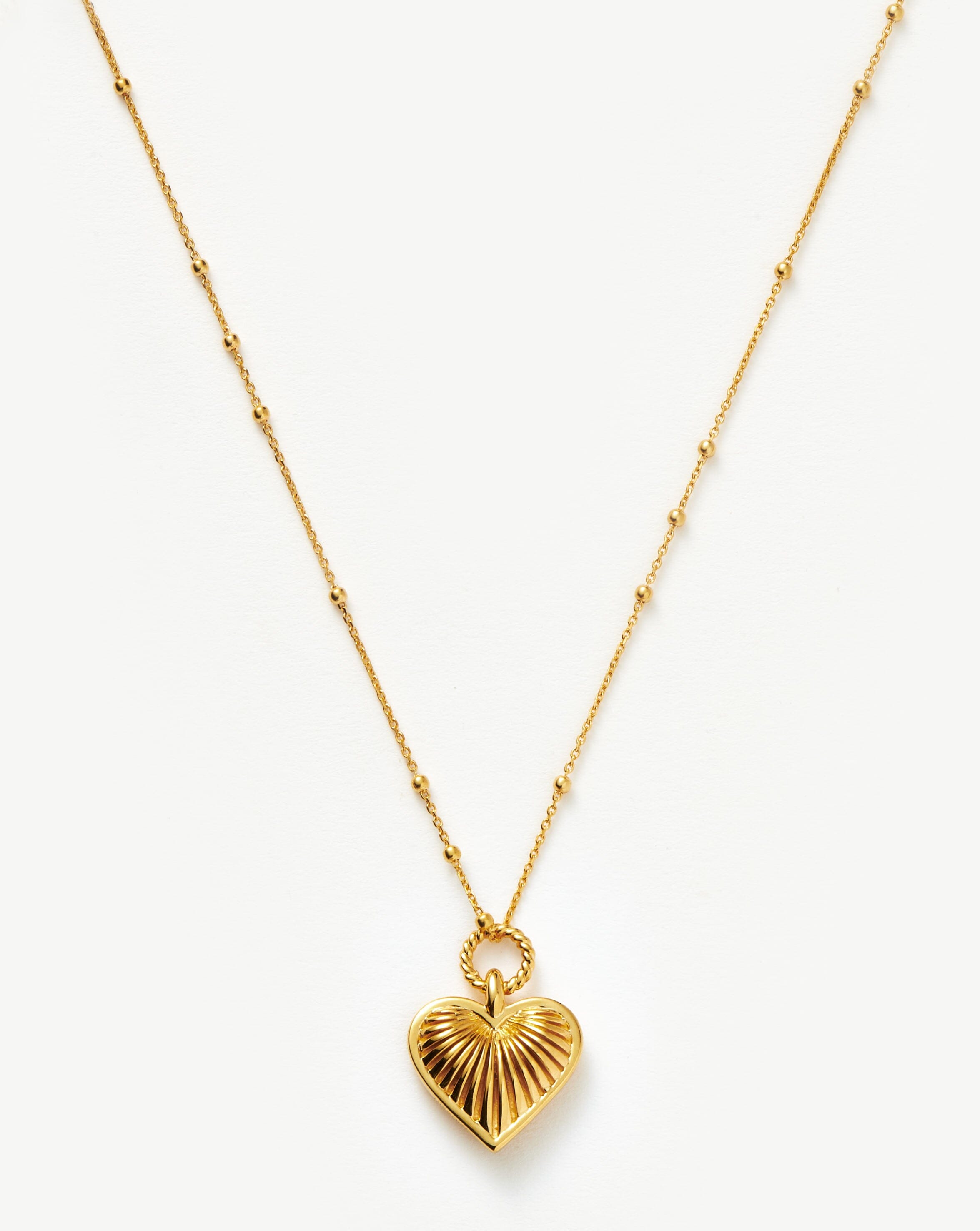Exploring the Process of Gold from Mineral Mining to Commerce Distribution
Wiki Article
Au has been a highly sought-after commodity for thousands of years, cherished not only for its visual allure but also for its practicality in various industries. The process of gold begins with rock recovery, a procedure that involves mining. Miners prospect for gold concentrations in the earth, which can be found in different shapes such as nuggets or grains associated with other minerals. There are several methods of mining, including placer mining and hard rock mining. Placer mining involves searching for gold in streams, while hard rock mining requires digging deep into the ground to remove gold-bearing rocks. Both methods can be work-intensive and require careful strategizing to be successful.
Once the rock is recovered from the ground, it must be treated to extract the gold from other components. This procedure usually starts with pulverizing the ore into small pieces, making it easier to manage. After crushing, the ore is processed with agents to leach the gold. One common method is using cyanide, which attaches to gold and allows it to be recovered from other minerals. This step is essential because it increases the purity of the gold and readies it for further purification. The remaining substances are discarded as tailings, which must be managed properly to avoid environmental damage.
After the gold is removed from the ore, it goes through enhancement to achieve a higher level of cleanliness. This step often involves melting the gold at extreme heat to remove impurities. Various processes can be used for refining, including electrochemical separation and cupellation. Electrolysis uses electric charge to separate impurities from high-purity gold, while cupellation involves heating gold in a special furnace that removes unwanted impurities. The final product is typically three nines gold, ready for use in luxury goods, technology, and other applications.

Once refined, gold is cast into bars or rounds before being browse around this web-site supplied to exchanges around the world. Gold bullion are commonly used by banks as a form of reserve asset or monetary reserve. Coins are often minted for collectors or general distribution, depending on their design and uniqueness. Sales networks include wholesalers and dealers who sell gold goods to buyers. The cost of gold fluctuates based on buyer interest and supply factors, influencing how it is sold and traded across markets.
The entire process of gold from raw material recovery to market delivery highlights the sophistication of this valuable metal’s supply chain. Each step requires precision and skill to ensure discover here that the final item meets industry standards and addresses client demands. Recognizing this path not only clarifies how valuable resources are acquired but also highlights the importance of socially responsible mining that safeguard both workers and the ecosystem. As market demand for Au continues around the international markets, recognizing this process ensures that we value its importance beyond mere ornamentation, affirming its contribution in our economy and culture.